The Chinook helicopter’s Royal Air Force career got off to an unexpectedly dramatic start. The UK military began taking deliveries of this twin-rotor heavy-lift helicopter in late 1980, forming the first Chinook squadron at RAF Odiham in Hampshire in August 1981. Crews were still getting to know the capabilities of the aircraft in early 1982 when it was suddenly called on for its first major job: to support the liberation of the Falkland Islands from the Argentinian military.
Five Chinooks were packed tightly on the deck of the requisitioned container ship MV Atlantic Conveyor, alongside Wessex and Lynx helicopters and Harrier and Sea Harrier jets, for the journey to the Falklands, with one of the Chinooks unloaded at Ascension Island en route.But no sooner had the Atlantic Conveyor arrived at its destination in the South Atlantic than it was hit by two sea-skimming Exocet missiles, aimed at but missing the Royal Navy’s two aircraft carriers. The strike killed 12 sailors and set the ship ablaze. Every aircraft on board was rendered inoperable.
Three Chinooks were destroyed but, having just been made airworthy, one Chinook, codenamed Bravo November, was undergoing a flight test at the time of the attack. It landed on the nearby aircraft carrier HMS Hermes and, with the work of several helicopters to do and all ofits spares and maintenance parts lost, was thrown into a much more difficult task than had been expected of it. By the end of the conflict, it had shown its worth. It flew more than 100 hours, carrying 1500 troops, more than 550 tonnes of cargo and evacuating 95 casualties.
It became known as The Survivor, but while the nickname applied specifically to Bravo November, which still flies in front-line RAF service today, it could easily apply to the Chinook in general.
The Boeing CH-47 Chinook heavy-lift helicopter celebrated its 60th birthday this year, while 2021 has marked a year of 40th birthday celebrations for the Chinook in the service of the RAF. From the Falklands to the Balkans and the Middle East, the Chinook has been in every active RAF theatre since 1982. RAF Chinooks are supporting French anti-terrorism activities in Mali as we write.
It’s an exceptionally durable aircraft. Of the 70 Chinooks the RAF has bought, more than 60 are still in service. They’ve been repaired and upgraded (although not always seamlessly), and such is the design’s practicality and longevity that the RAF ordered 14 more earlier this year to enter service from 2026.
The Chinook is the first helicopter likely to see in its 100th birthday as an operational aircraft. It’s also the subject of this year’s Autocar Christmas road test.

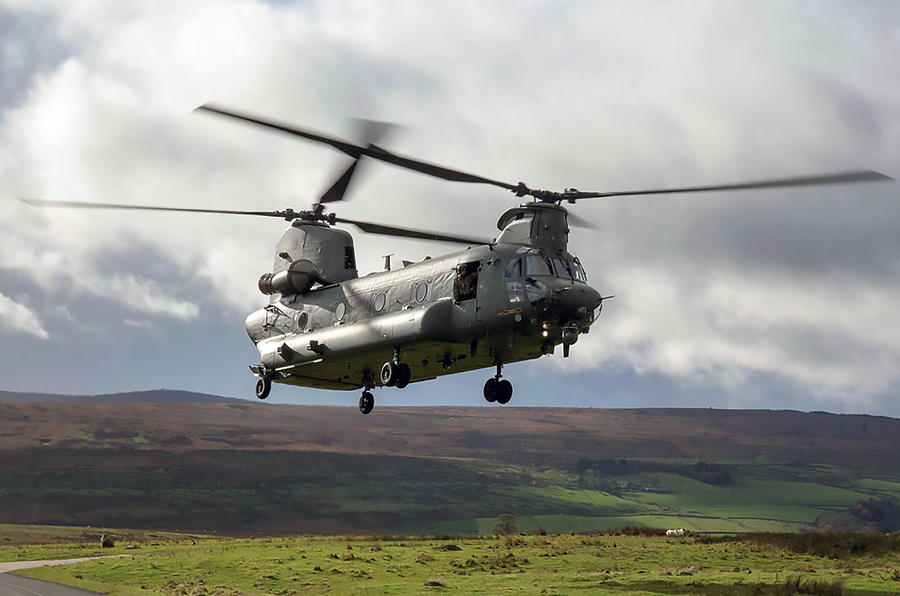









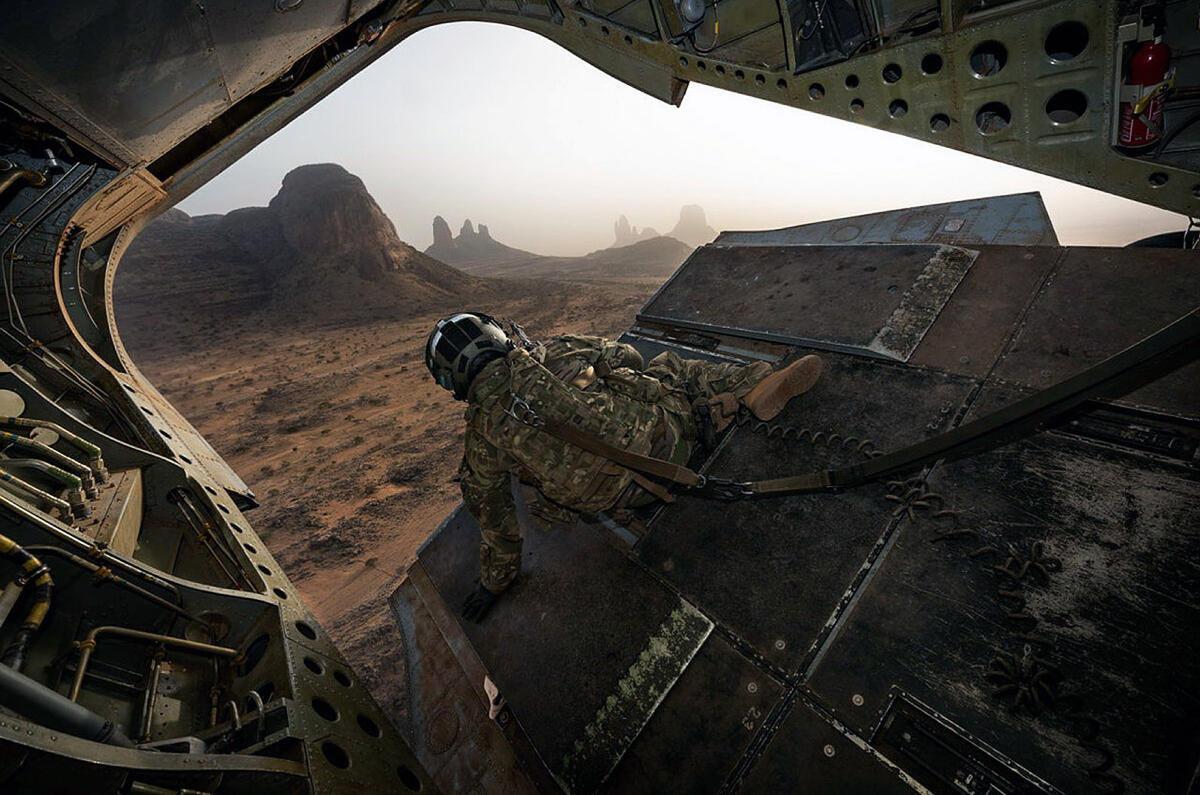









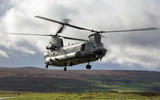




















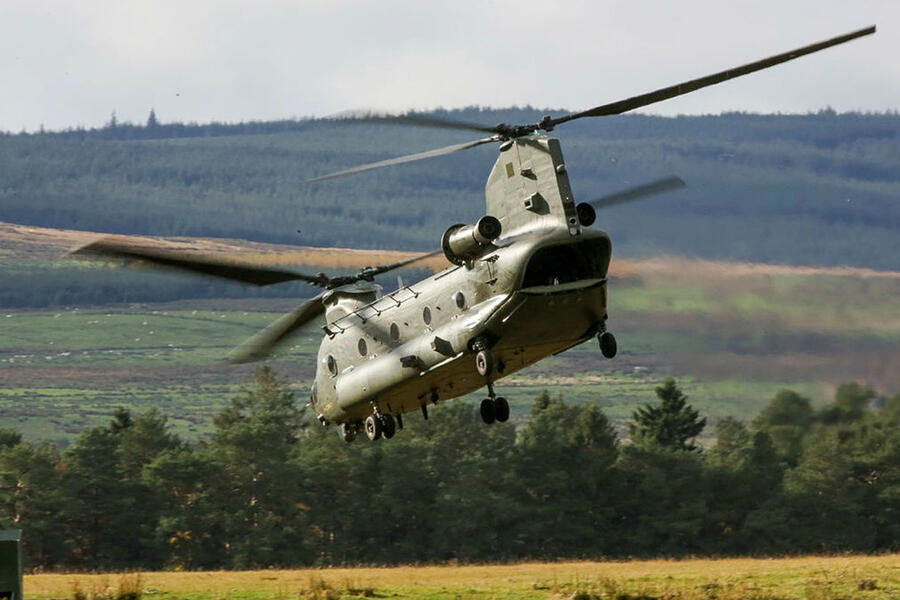
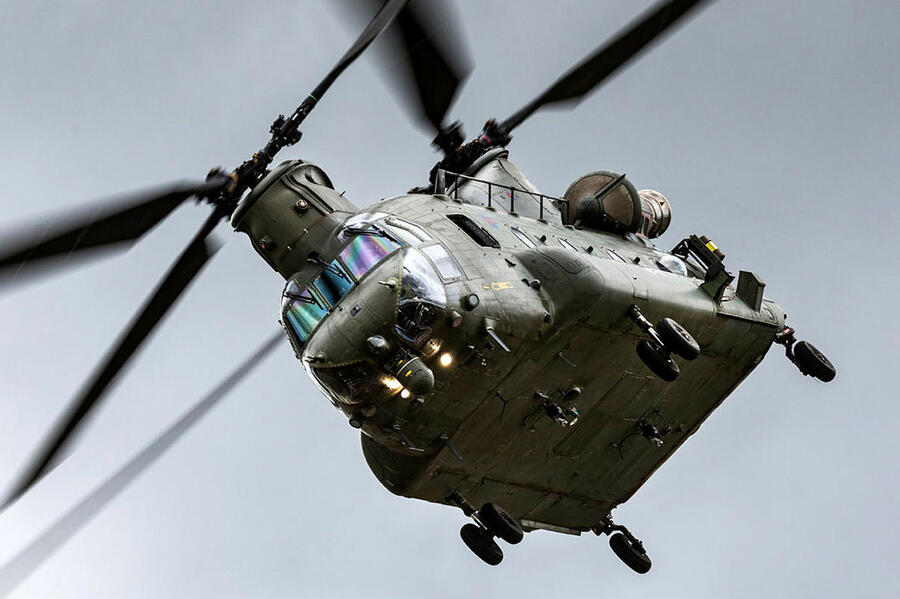
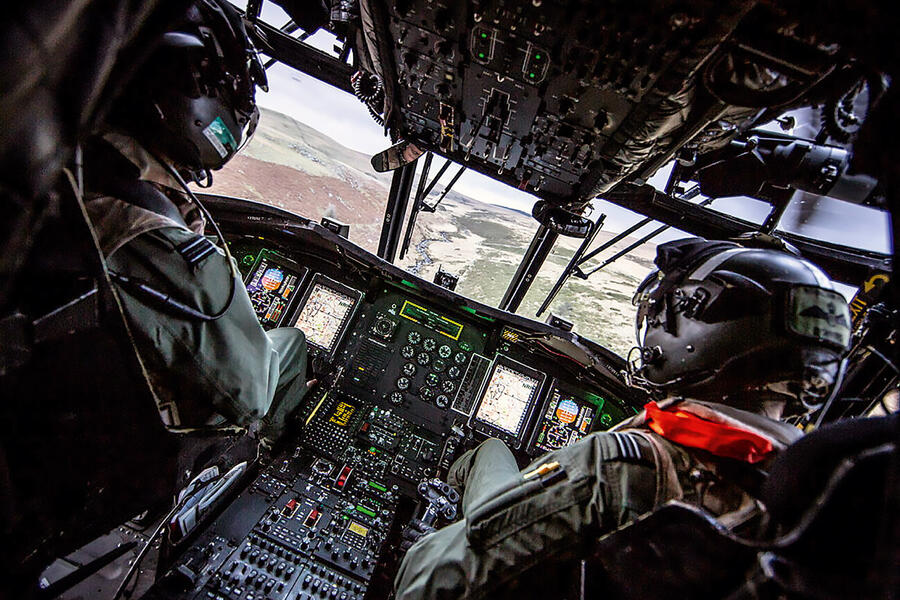

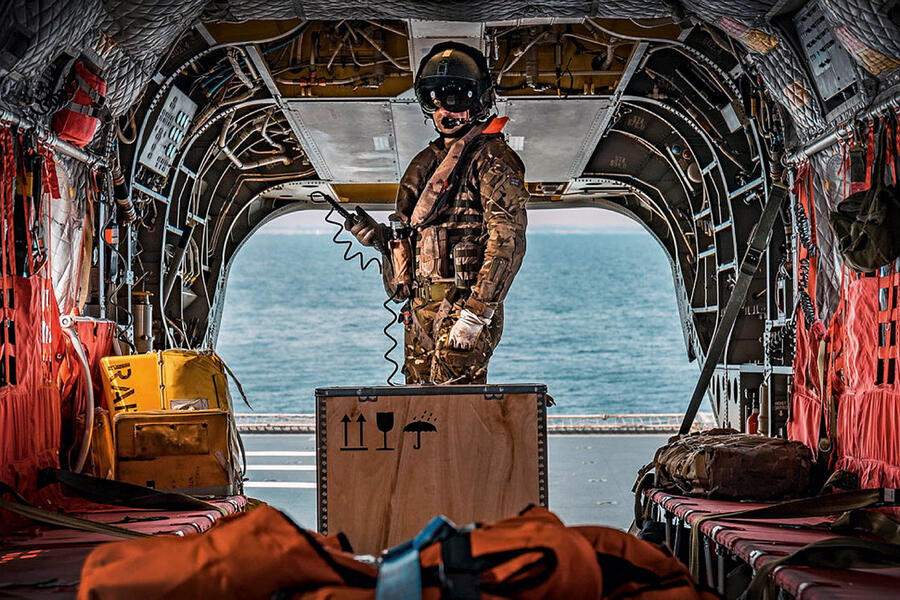
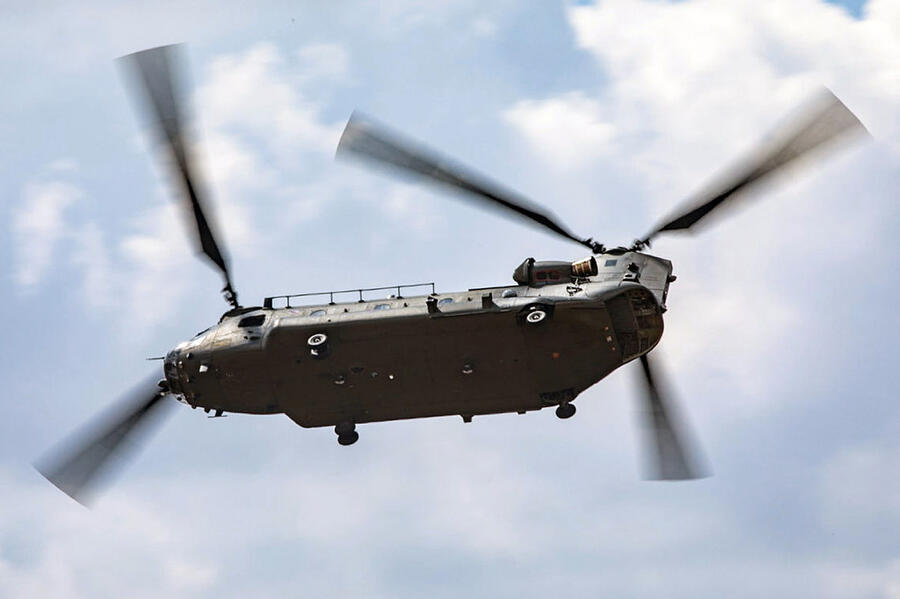
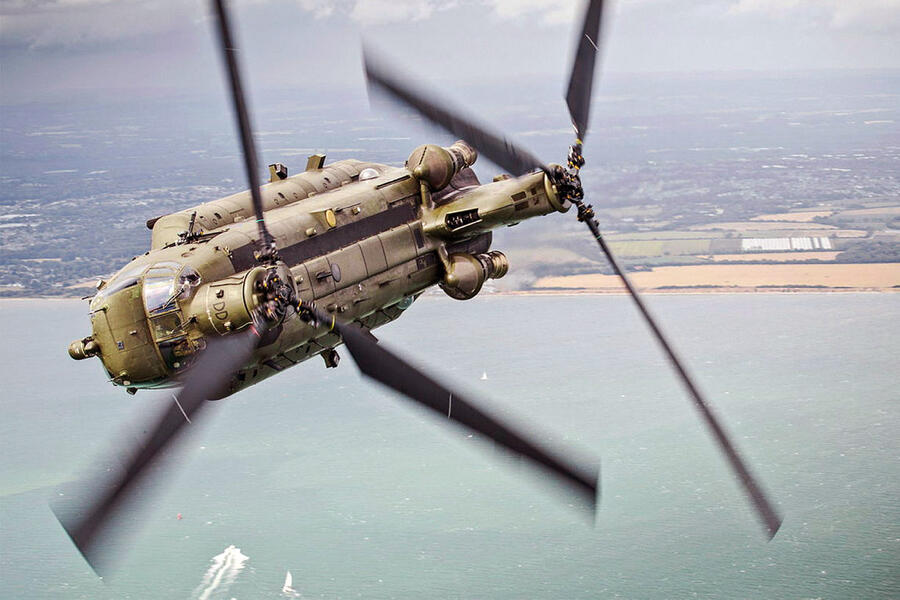



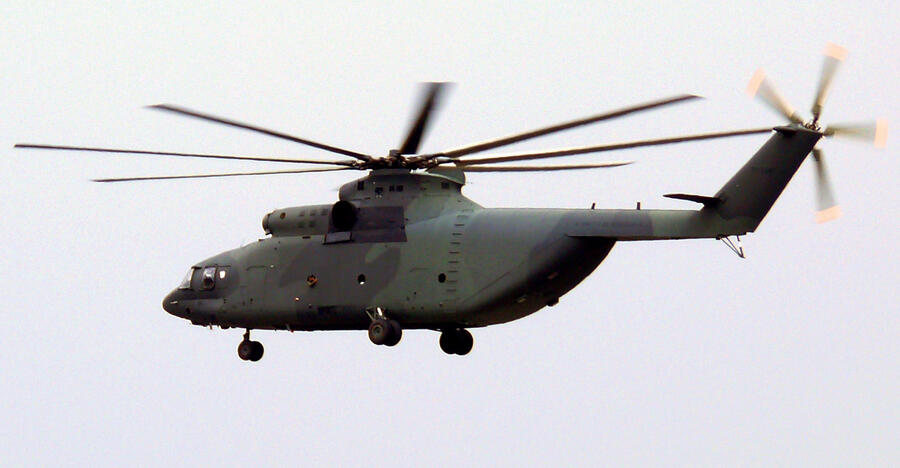






Join the debate
Add your comment
These old 'paraffin budgies pass over our house day and night ....you get used to/zone out after a while although patience tends to wear thin at 2:00 in the morning! Could be worse though - could be a squadron of Typhoons.
The stunts that the pilots can pull with these crates are amazing to say the least, and the down draught is phenomenal.
I am not surprised that the proposed lifespan is so long. It has pretty much reached its peak of development (electronics not withstanding)